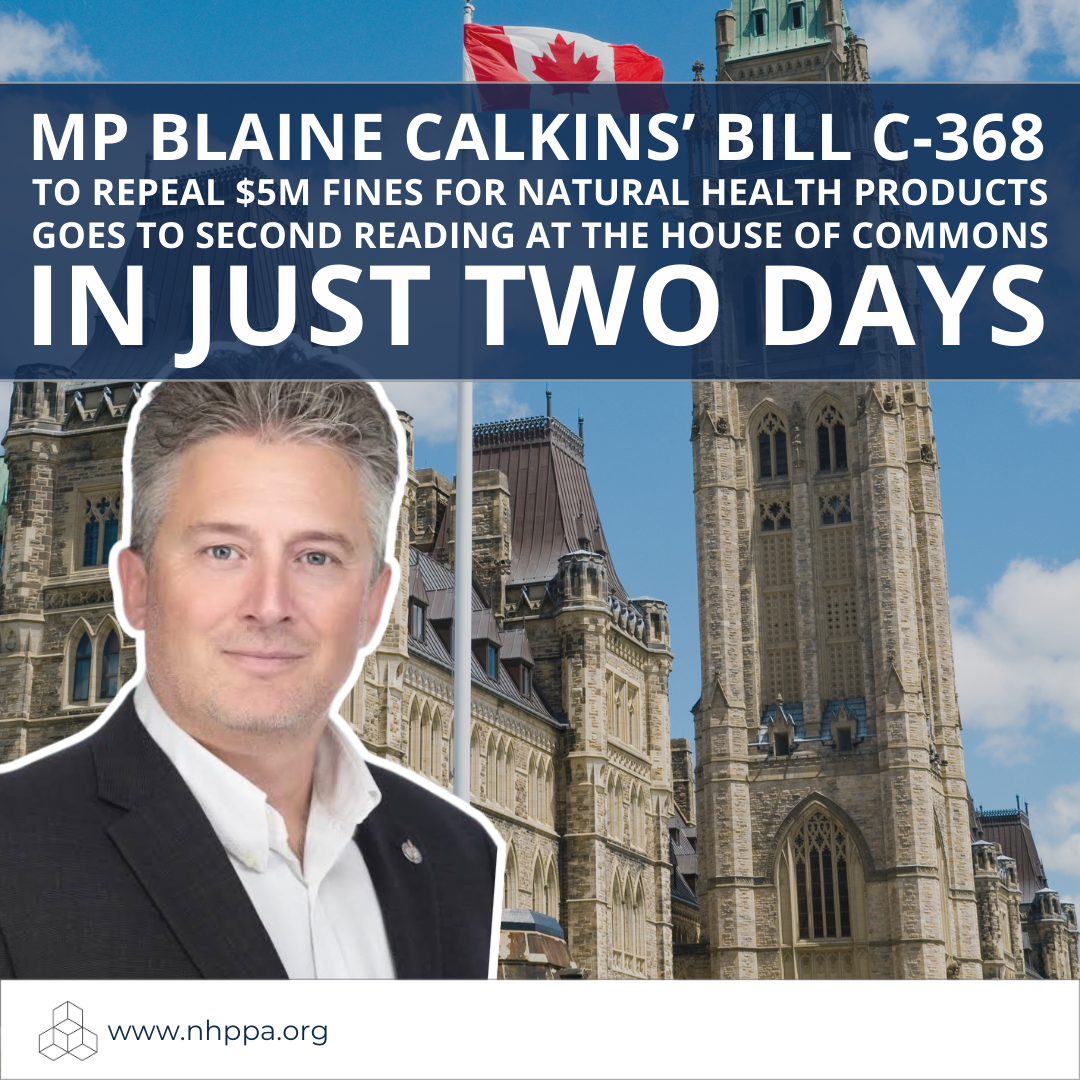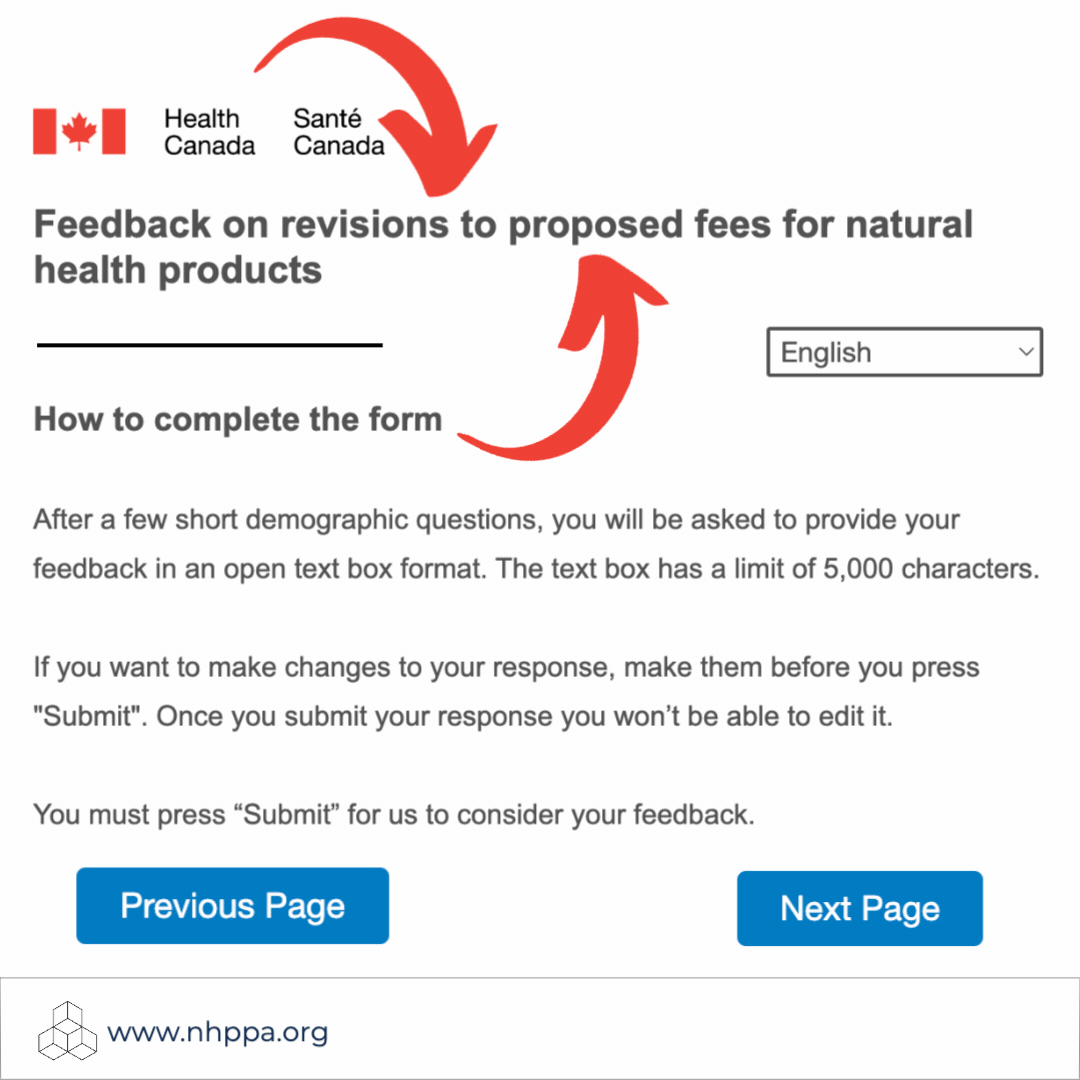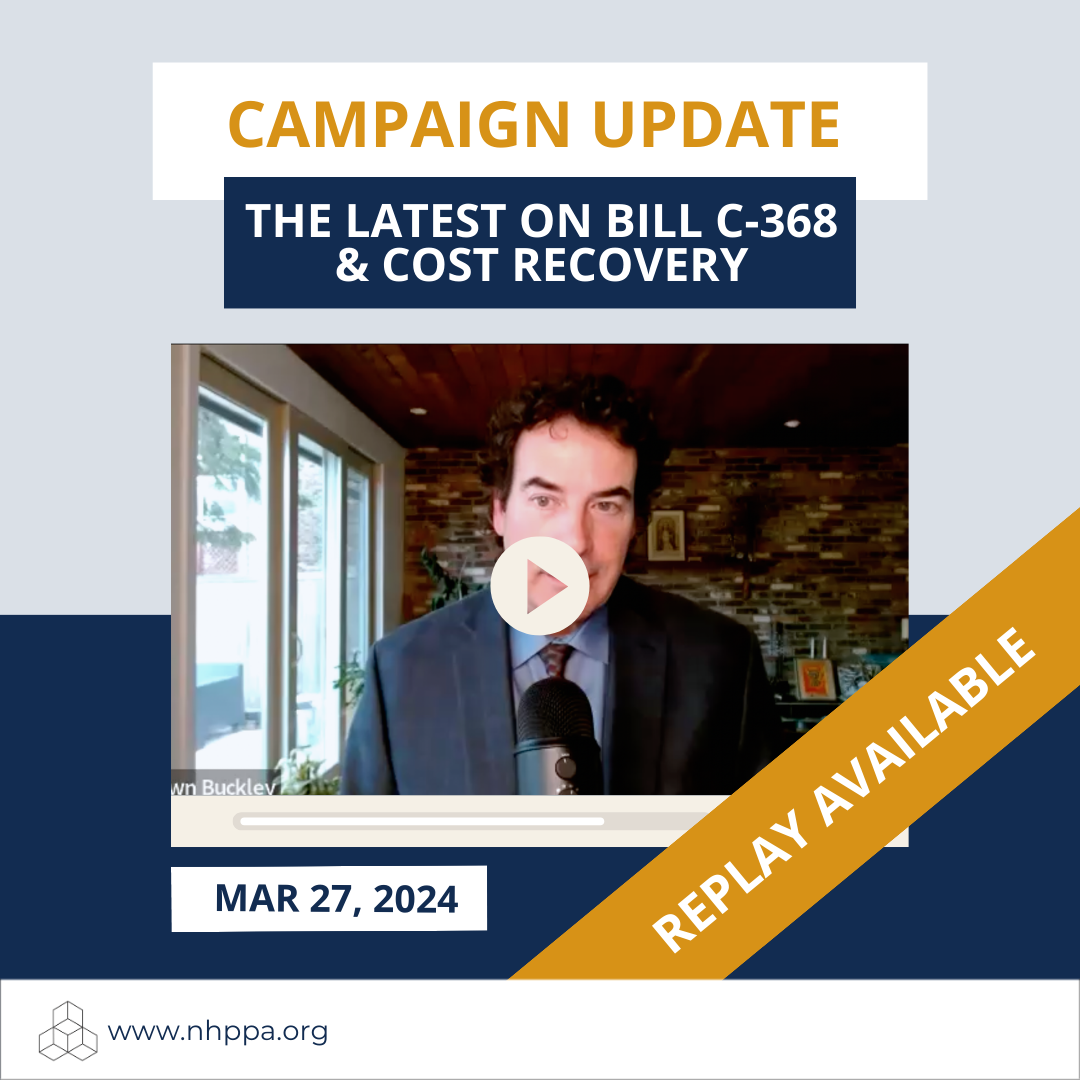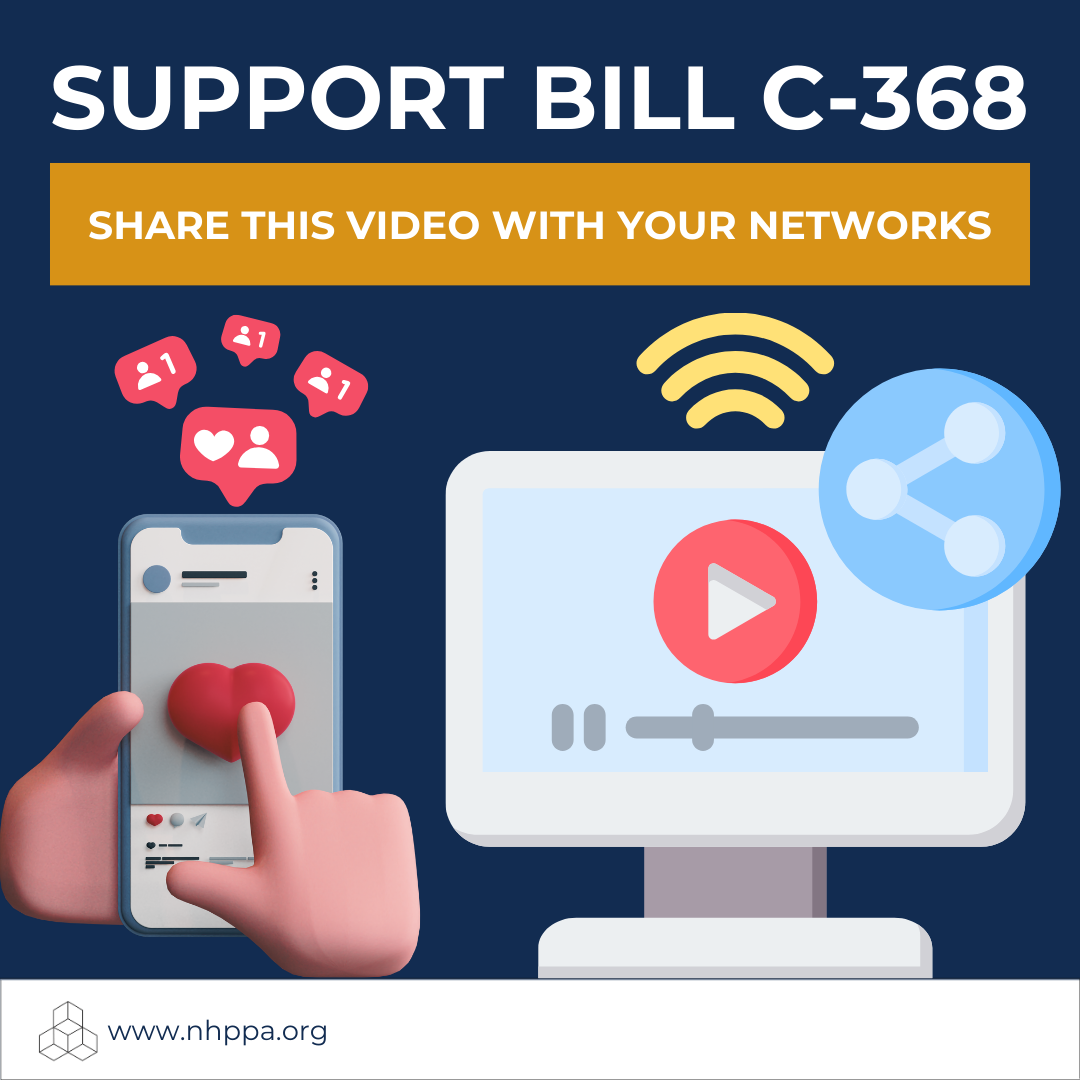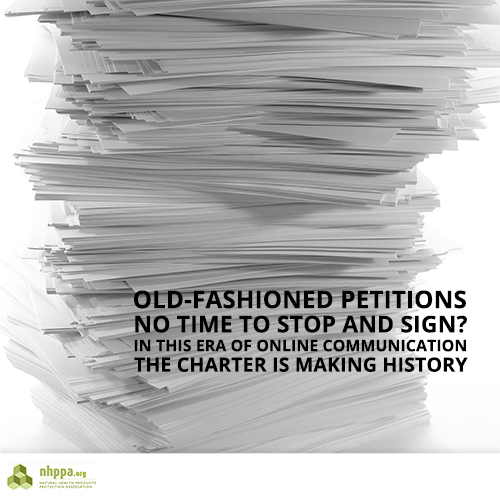 MORE POWER DOING IT THE “OLD-FASHIONED” WAY
MORE POWER DOING IT THE “OLD-FASHIONED” WAY
Many ask why the Charter of Health Freedom petition is not online. The simple answer is because our government wouldn’t recognize it, which begs the question: “Why not?”.
Check out NHPPA’s article by Carolyn Steele “Petition Power Then and Now: The
Charter of Health Freedom, the internet and the Canadian government”, in latest issue of Health Action magazine to understand what’s involved in having a petition taken seriously by governments. The article includes a brief look at how petitions got started in Britain and North America, dating back to the 13th century. Carolyn points out that “The first Amendment of the U.S. Constitution includes, “the right of the people… to petition the Government for a redress of grievances.”, which gives people a structured way to have their voices heard. However, today’s governments have put high standards on what petitions will get reviewed due to their popularity.
She writes: “Meanwhile, new words like slacktivism and clicktivism describe the momentary supporting of a cause when it appears on a screen without true engagement with making change.” This article explains why the petition for the Charter of Health Freedom is paper-based and how significant over 93,000 signatures to date really is and why our MPs should take notice. Carolyn highlights an important distinction, “When you sign an “old-fashioned” petition, your MP knows that your level of engagement is worth more than a click of the mouse.”
Read more on the milestones being reached by the Charter of Health Freedom petition in the Spring 2014 update

